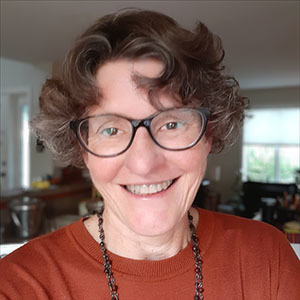
June 1stA Design for Living
In my recent journey among the people and places of Palestine Israel (see my blog post from May 25 for a fuller exploration), my husband and I ended our time with a visit with Amos Gvirtz. Kathy Bergen, of Kitchener-Waterloo, connected us to her long-time friend Amos, a Jewish pacifist since the age of 8. Gvirtz was born in 1946 in the Shefayim Kibbutz, along the Mediterranean Sea, a bit north of Tel Aviv. A long-time vegetarian, he explained, “if I eat meat even only once, I am no longer a vegetarian!” Amos took his commitment to pacifism just as seriously. He shared how he draws clarity on what pacifism means through such historical figures as Ghandi and Martin Luther King Jr, and peace traditions, namely, the Quakers, the Mennonites and the Bruderhof (a group that draws heavily on the Hutterites). He explained that he is very careful when it comes to joining activist causes and groups officially. If such groups are against violence only in the context of the presenting issue, but not committed to pacifism globally, he might join an action, but he refuses to join as a member.
Amos describes himself as a secular Jew. And yet, when invited to speak on his pacifism, he draws on his deep knowledge of scripture – both Jewish and Christian. He explained how, when addressing audiences from a faith tradition, he quotes from Genesis 1:27 “So God created humankind in his image, in the image of God he created them; male and female he created them.” For Amos, this passage encapsulates the root from which a pacifist commitment grows: how can one kill another who is also created in the image of God? When speaking with Christians, he quotes from the Sermon on the Mount, reminding people of what it actually means to call oneself a follower of Jesus.
His clarity of boundaries left an impression on me. It reminded me of a family friend I would visit as a child – Robert Friedman. Friedman was a Mennonite by conviction, of Jewish-Austrian origin. He studied Anabaptism and was drawn to Mennonites because of the commitment to pacifism. Friedman taught philosophy at Western Michigan University in Kalamazoo, Michigan. Wondering how he might witness to the Sermon on the Mount teachings in a secular university, he created a course he called Design for Living in which he explored philosophically the underpinnings of the Sermon on the Mount as a blueprint for living well. A student wrote down his lectures verbatim, and at the end of the term, handed over the manuscript to Friedman. Friedman’s last wish before his death in 1970, was to see this book published. And, in 2017, his wish came true.
I feel so very blessed when I meet people who reflect back the clarity of the tradition I was born into – reminding me of the costly Anabaptist understanding of the Jesus way. Amos is a lonely voice in his kibbutz on many fronts. And yet he carries so much hope with him as he shares his views at home and abroad, always respecting the possibility that others might disagree. He inspired me to be a witness to my hope – a hope rooted in the peace of Christ that, through the Holy Spirit, allows us to adapt to each situation. My work and commitment is to engage and to adapt, and yet never waver in its principles. What a beautiful Design for Living!
